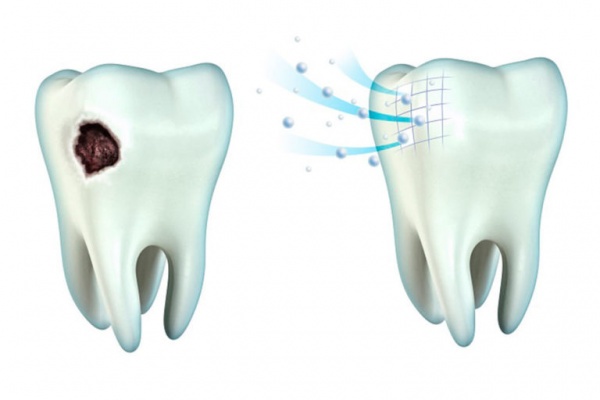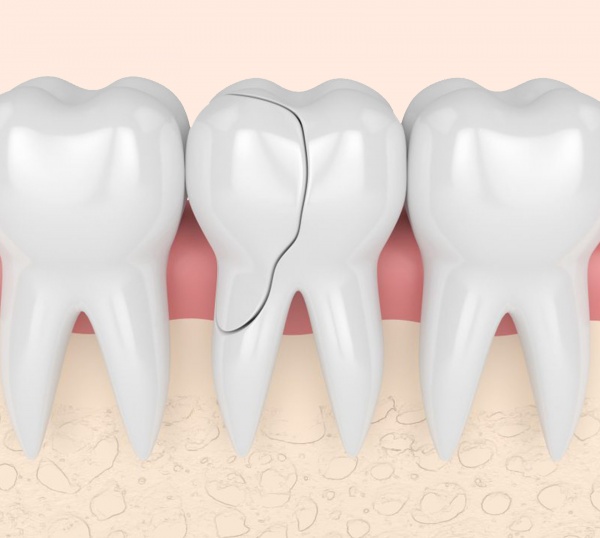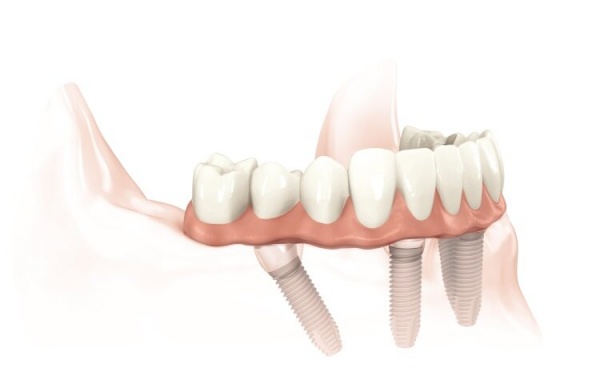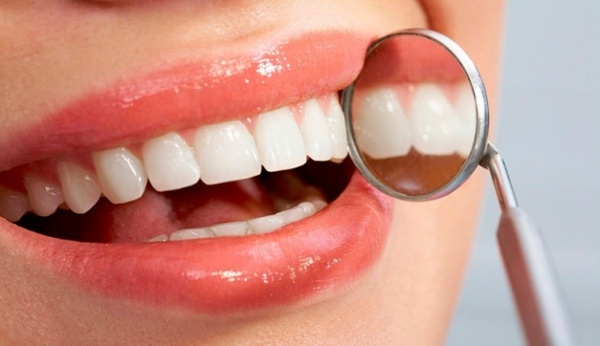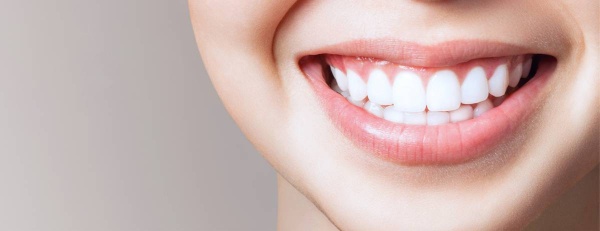As a rule, when it comes to restoring a tooth, we immediately think of placing a filling. However, if the tooth is too badly damaged, this method will not work. But dentists have found a solution and can help by saving the tooth with a special ceramic inlay. It allows you to repair significant damage, looks aesthetically pleasing and lasts for years.
Ceramic inlays should not be confused with veneers, which are usually placed on the front teeth and perform a more aesthetic function. Inlays, on the other hand, are placed on the chewing teeth. Just like veneers, they are fabricated in a dental laboratory to an individual prototype.
When a ceramic inlay is needed
An inlay will be a lifesaver in cases where a regular filling will not save the tooth. Of course, we always say that it's important to go to the doctor in time, but you have to admit that situations are different, and with modern dental restoration technology, you don't have to worry about having to remove a tooth and put in an implant when you can still save it.
The main disadvantages of a ceramic inlay are two - it costs more than a filling, and you will have to visit the clinic twice because the inlay must first be fabricated in the lab. But this is not so important compared to the fact that the tooth will remain in place and the process of destruction will be reliably stopped.
Benefits of ceramic inlays
- The inlay can save a tooth from extraction An inlay can save a tooth even if it is half-ruined. The minimal gap between the inlay and the tooth guarantees the reliability of the construction, the inlay is fixed so that the risk of secondary caries is reduced to almost zero.
- Ceramic is a very durable material, it does not require special care. It is enough to follow the rules of basic oral hygiene, and the inlay will last you 10-15 years, while a filling usually needs to be replaced after 3-5 years.
- The color of the ceramic is tailored to the individual patient and the inlay will not look like a foreign element. Ceramics do not darken, stain over time, lose their attractive appearance or fade.
In addition to the usual restorative inlay, there are also core build-ups - they serve as a base for the crown and have a special root part in the form of a fixation post. Your dentist will most likely suggest that you get an inlay if your tooth is severely damaged, as long as the root is intact.
The inlay does not require special care. Of course, in the first few days after insertion, you need to be careful to avoid mechanical pressure, eating solid foods, hot and cold food. Afterwards, it will be enough to brush your teeth twice a day, floss, use rinses, do not neglect professional hygiene and do not forget to visit the doctor for preventive check-ups.


